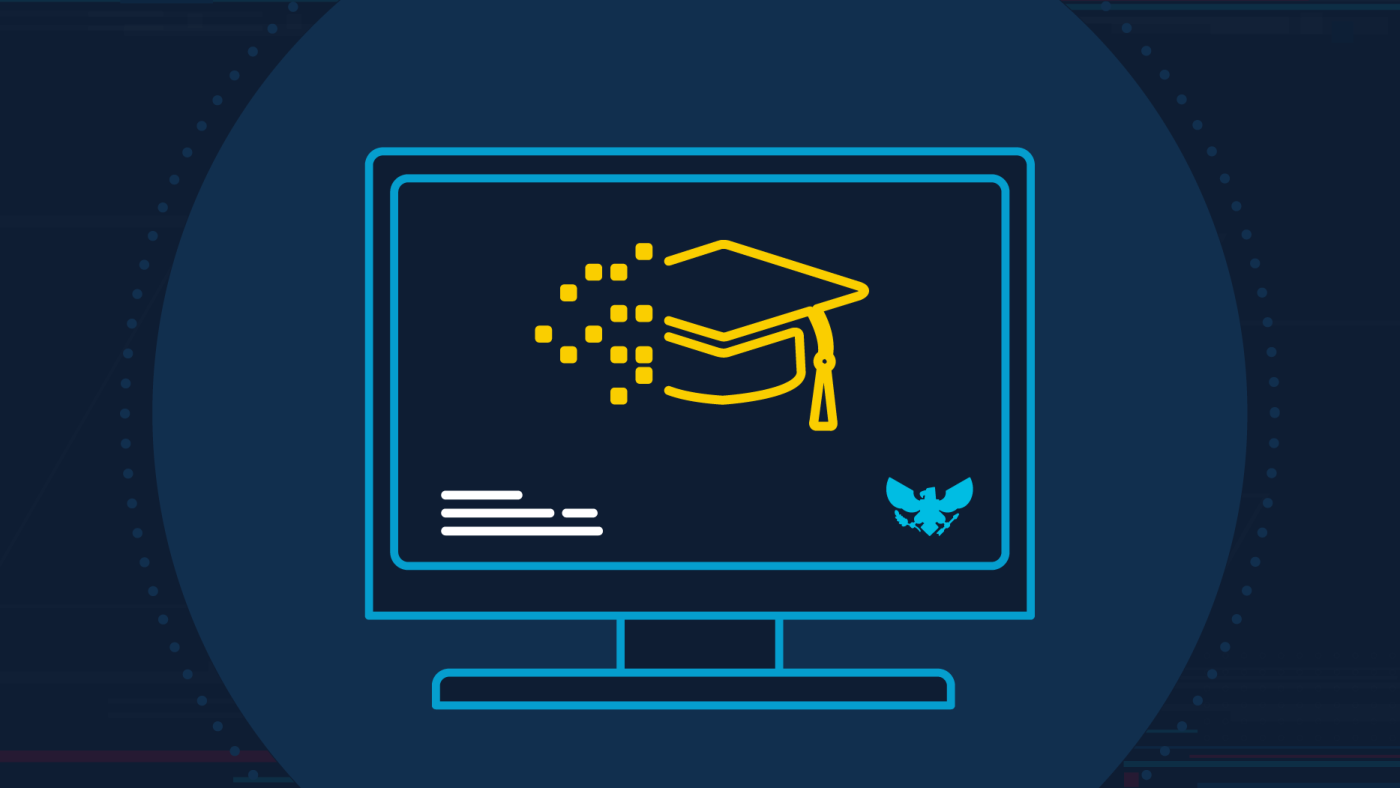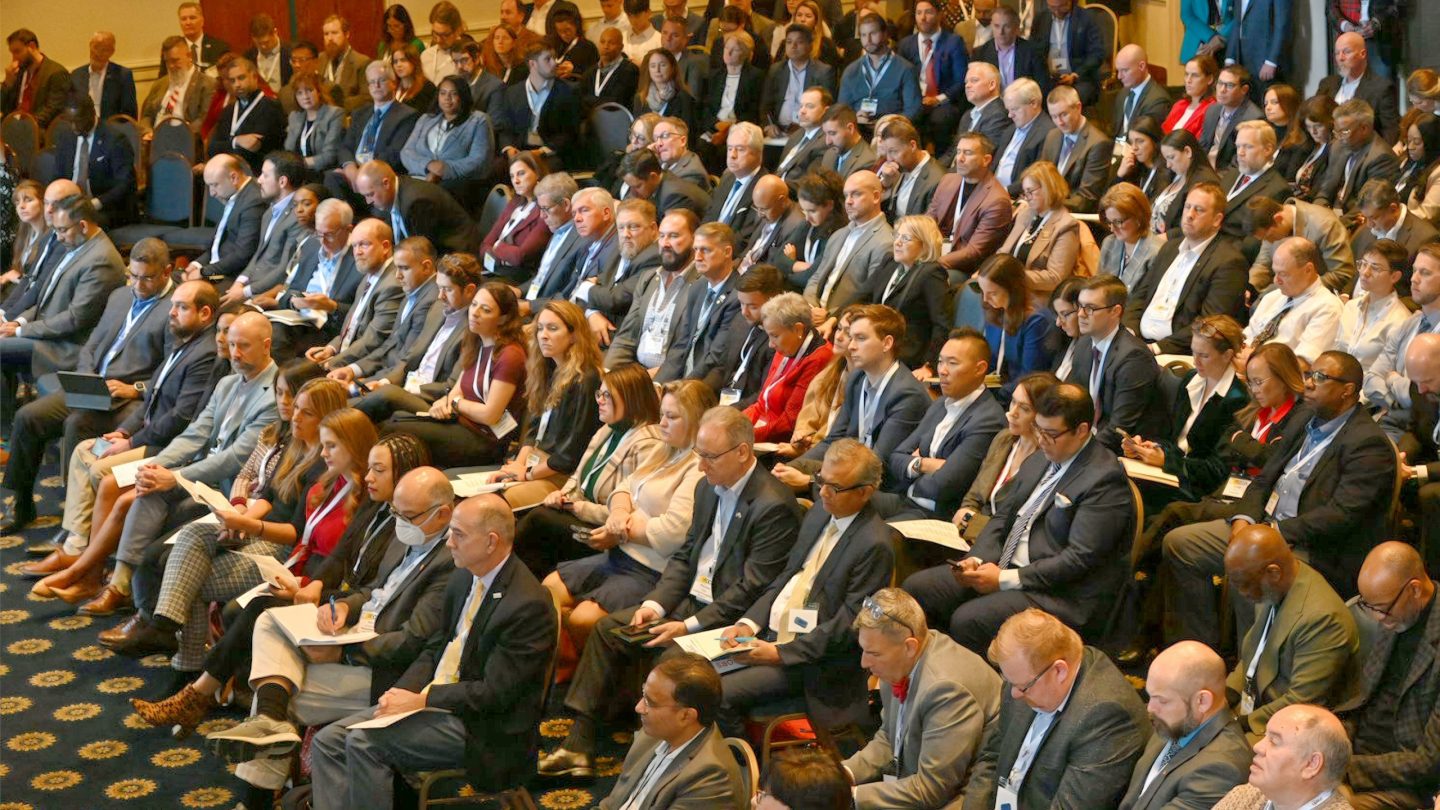Appears In
Since the historic enactment of the GI Bill® in 1944, the Department of Veterans Affairs (VA) has provided $410 billion in education benefits to over 25 million beneficiaries. As part of its GI Bill modernization initiative, VA is consolidating GI Bill capabilities into a single digital platform, simplifying user processes, and eliminating the need to navigate multiple systems. Once fully deployed, the platform will improve claims processing and customer service by providing direct, online, one-stop access to GI Bill benefits and information. This consolidation will enable the VA to streamline business services into a single platform while reducing costs and minimizing setbacks from legacy systems. The VA Veterans Benefits Administration Education Service and the Office of Information and Technology jointly manage the GI Bill modernization initiative.
GI Bill Modernization Initiative – Digital Transformation Journey
While the GI Bill program continues to have a profound impact on Veterans’ lives, the processes to provide these benefits depend on many complex legacy information technology systems and manual processes. Supporting VA’s Vision for Digital Transformation, future enhancements will consolidate these multiple legacy applications into one primary adjudication system. This consolidation will minimize the touchpoints and mouse clicks for all stakeholders in the claims process. The result will be a modern digital platform that leverages cloud-based automation, digital service transformation, human-centered design, world-class communications, analytics, and other essential information technology services. Whether it’s a Veteran, a family member, a school certifying official, or a claims processor, VA is working to provide all delightful end-user experiences.
Many manual claims processes are intensive and require multiple human touchpoints. Claims processors often manage data from 11 different applications to process a single education claim. VA is working to streamline these processes by digitizing them, including paperless processing, and implementing automation rules. For example, VA recently digitized communications and modernized the enrollment and verification processes. Every month, GI Bill beneficiaries must verify that they attend classes to maintain their benefits. With the introduction of its recent text and email feature, beneficiaries can now quickly text yes or no to verify their attendance. For those who prefer, verification is also available via email or by calling the Education Call Center.
“The text certification is super easy. All you have to do is reply ’YES‘ to a text automatically sent to you,” shared Ben Schmitt, GI Bill beneficiary.
VA is committed to providing more self-service tools to our Veterans, their families, and caregivers. Automating regular actions, like attendance verification, streamlines the benefits enrollment process, making it much easier for Veterans and reducing time-consuming paperwork for our VA staff and stakeholders. These advancements support decreasing Veteran outcome wait times and consistently deliver a satisfying, reliable, and secure experience for our end-users.
Designed for Users, Informed by Their Feedback
In March 2021, VA began a journey to modernize its GI Bill operations to a digital platform, improving education benefits and customer service delivery to the nearly one million students it serves each year. Human-centered design is at the heart of this modernization initiative, which puts end users at the center of the effort. The human-centered design process focuses on the end-user experience. It allows feedback to guide problem-solving and platform development. This framework uses an agile, incremental approach to design, develop, and deploy solutions incorporating input from users and subject matter experts and ensuring VA approval at each step. This approach helps VA continuously learn and rapidly adjust, so the end-product best serves all users and stakeholders.
Working closely with its partners at the Veterans Experience Office and nonprofit Veteran Service Organizations, VA uses a collaborative approach to engage its users and stakeholders across the entire ecosystem. This approach utilizes iterative research and co-creation to better understand user needs. Depending on the type of research and stage of development, the GI Bill team conducts various qualitative and quantitative analyses such as interviews, feedback sessions, directed storytelling, concepting, and testing prototypes with users.
The GI Bill team conducted more than 75 human-centered design user interviews to understand the end-to-end beneficiary experience and key organizational goals, gain a holistic view of long-standing problems, and surface actionable insights that would lead to solutions. The interviews included Veterans and their families, agency stakeholders, subject matter experts, school officials, and call-center representatives. User feedback collected during these interactive training events and from existing surveys, like Veterans Signals, is used to inform future GI Bill designs. This direct user feedback allows VA to collect, analyze and track customer experience data from Veterans and other stakeholders, and use it to identify opportunities to enhance the customer experience.
For each new feature, the GI Bill team frequently utilizes a lifecycle of Discover-Describe-Design-Scale-Sustain, which allows for a variety of activity-based templates, tools, and problem-solving strategies to address specific needs and deliver customer-centric and mission-focused outcomes. Additionally, the GI Bill design team co-creates with VA product owners and development teams to gather input and feedback early and often, improving outcomes that meet Veteran, VA business, and technical needs. They leverage research through unstructured user feedback sessions as well as testing and validating prototypes with different users during usability testing to measure the success and feasibility of designs early and often. Operating in short, agile sprints, the GI Bill team continues to put users at the center of the experience throughout the modernization journey.
Integrating insight from data and Veteran feedback into an iterative design program allows VA to continuously mature the GI Bill modernization initiative. Human-centered design is used by the benefits program with all its external and internal stakeholders to build experiences that deliver real value to whoever uses it. VA is getting things done and keeping Veterans at the forefront of an improved user experience. Information collected from stakeholders during these sessions has informed strategic decisions to build products that deliver tangible benefits to Veterans, family members, caregivers, and business partners, as well as data-driven decisions to the government.
GI Bill Modernization Initiative – Benefits for Veterans, Family Members, and Caregivers
Once fully deployed, the benefits to our Veterans, Family Members, and Caregivers include the following:
- Near real-time processing of eligibility and enrollments, one-stop access to records and benefits information, and delivery of world-class customer and financial services
- Increased accuracy, efficiency, and timeliness of claims processing
- Timely and accurate delivery of payments, as well as first-contact resolution
- Direct communication through means that may include email, phone, text, and chat for on-the-spot service
GI Bill Modernization Initiative – Benefits for VA Staff and Stakeholders
Once fully deployed, the benefits to our VA staff and stakeholders include the following:
- A single system for claims processing
- Streamlined operations and processes that use enhanced claims processing to increase the ability to expand services and free employees to engage in more value-added activities
- Streamlined business services and practices into a single, managed platform
- Allows for continuous end-to-end updates, system configuration, and management
- Accommodates agile decision-making and changes in technology
- Reduces the need for manual and redundant processes, allowing VA staff and stakeholders to focus on what’s important: serving Veterans and their families
- Tools to ensure compliance and oversight of the GI Bill programs, including data and business intelligence features to monitor and measure school and student outcomes
Automation Speeds Benefit Processing Times, Increases Customer Satisfaction
Keeping modernization at the core of VA’s mission is vital for its benefits delivery systems. With VA turning to automation to improve the end-user experience, the Department focuses on automating the claims process to speed benefits delivery and make more effective decisions on benefits eligibility. One of VA’s broader goals in modernizing its services has been the comprehensive integration of data within services that either automate their delivery or greatly expedite the delivery of critical services.
“If you think about the benefits process from left to right — at the first point, where I need information about applying for benefits, all the way to the point of delivery of those benefits — we have an incredible opportunity to deliver that more effectively by having great systems that help our claims adjudicators figure that out. We have an opportunity to use advanced technology to automate the claims process,” says Kurt DelBene, Assistant Secretary for Information and Technology and Chief Information Officer.
The implementation of automation capabilities and integration of data assisted VA in expediting the delivery of GI Bill benefits. Before October 2021, VA’s Education Service sustained about 40 percent automation of supplemental claims and zero percent automation for original claims. A supplemental claim is a claim where a Veteran or beneficiary is already receiving some educational benefit. The problem with original claims automation was integrating data from the Department of Defense. Due to changes in business rules and looking for crucial integration points, supplemental automation is consistently up around 57 percent, with some touches as high as 62 percent. Through this digital transformation effort, VA simplifies the user experience for beneficiaries while reducing the burden on VA staff and partners. VA is developing end-to-end systems integration and business intelligence tools to improve and automate the processing of education benefits claims. As a result of VA’s efforts, the current average processing time of automated supplemental claims is only 14.4 seconds.
In August, VA deployed original claims automation capabilities for the first time through a new Veteran interface called “My Education Benefits” hosted on va.gov. These enhancements allow Veterans to access the following:
- Pre-filled Service History – Applicants can review and confirm their pre-filled service history from VA systems. This automated process eliminates the need for Veterans to complete their service history manually, saving time and frustration.
- Same-day Eligibility Determination – Instead of waiting for 30 days on average, some applicants will receive a decision immediately upon submission of their application with an explanation of the benefit or reason for denial.
- Digital Certificate of Eligibility – A digital copy of the applicant’s Certificate of Eligibility is now available for Veterans to view and download. Previously applicants had to wait up to five days for a paper copy to arrive in the mail.
These new features deliver Veterans, their families, business partners, and other stakeholders user-focused experience enhancements. VA beneficiaries benefit from a streamlined application process, improved processing times, and faster eligibility decisions and entitlement adjudications, allowing them to focus on their GI Bill journeys. Automating processes frees up time for our VA workforce and business partners, allowing them to focus on what is most important, providing the best user experience possible for our Veterans.
VA Modernization Efforts Support Delightful End-user Experiences
Since March 2021, VA has deployed incremental releases based on user feedback. Over the next several years, VA will continue to deploy these end user-focused enhancements to modernize GI Bill services, deliver benefits faster, and provide better customer service. VA will continue improving claims processing automation through these modernization efforts. VA’s automation efforts create more streamlined processes, update tracking systems, eliminate redundancies, and reduce the overall manual intervention required from the VA staff and stakeholders. Through VA’s modernization efforts and the removal of redundant processes, VA will continue to increase efficiencies while providing Veterans, their families, caregivers, and VA staff and stakeholders with a delightful end-user experience.
Our commitment to digital and IT transformation is shaped by our daily dedication to customer service and the close collaboration of our workforce, managers, and leaders. Ready to join us in improving Veterans’ care? Check out all current information and technology career opportunities on DigitalVA. You can also contact VA’s Office of the Chief Human Capital Officer at 512-326-6600, Monday thru Friday, 7 a.m. to 5 p.m. CST or by submitting a resume to VACareers@va.gov.
Topics in this story
In this article
More stories
Link Disclaimer
This page includes links to other websites outside our control and jurisdiction. VA is not responsible for the privacy practices or the content of non-VA Web sites. We encourage you to review the privacy policy or terms and conditions of those sites to fully understand what information is collected and how it is used.






